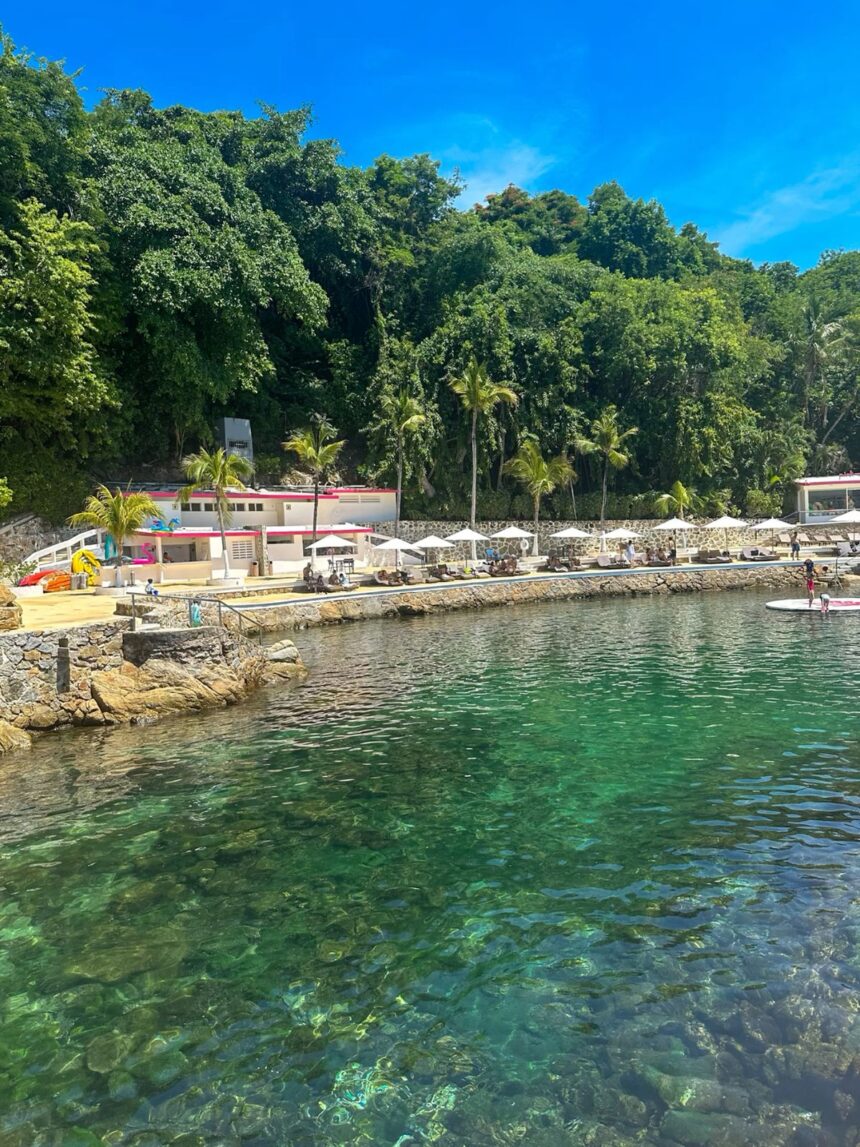Amazing Facts About Beach of La Concha That Will Delight You
The Beach of La Concha, located in San Sebastián, Spain, is one of Europe’s most iconic urban beaches. Known for its curved bay, golden sand, and vibrant city backdrop, it attracts tourists seeking sun, sea, and culture. In this article, we explore the history, facts, timeline, significance, daily life impact, FAQs, and societal importance of the Beach of La Concha in a human-friendly and engaging style.
History of Beach of La Concha
La Concha, meaning “the shell” in Spanish, is named after its distinctive crescent shape. Its history reflects San Sebastián’s evolution as a coastal city and European resort destination.
Key Historical Highlights:
Pre-19th Century: Originally a small fishing bay, locals used the beach for fishing, bathing, and maritime activities.
19th Century: The city gained popularity as a summer destination for European aristocracy, including Spanish royalty.
Early 20th Century: Modern promenades and urban infrastructure were developed, enhancing the beach’s accessibility.
Mid-20th Century: La Concha became a symbol of San Sebastián’s cultural and social life, hosting festivals and public gatherings.
Present Day: Internationally recognized for its beauty, La Concha attracts millions of tourists annually and is a hub for cultural and recreational activities.
The beach combines natural beauty with urban charm, making it one of the most celebrated beaches in Spain.
Facts About Beach of La Concha
Golden Sand: Fine, soft sand ideal for sunbathing, walking, and beach sports.
Curved Bay: Its natural crescent shape creates calm waters, perfect for swimming and paddleboarding.
Urban Access: Located in the heart of San Sebastián, with promenades, restaurants, and shops nearby.
Water Activities: Swimming, sailing, kayaking, and paddleboarding are popular among visitors.
Iconic Landmarks: Framed by La Concha promenade, Monte Igueldo, and Monte Urgull for scenic views.
Climate: Oceanic climate with mild summers; best visiting months are June to September.
Cultural Significance: Hosts festivals, concerts, and local gatherings, reflecting Basque culture.
Timeline of Beach of La Concha
Pre-1800s: Used by local fishing communities.
1800s: Became a summer destination for Spanish and European elites.
Early 1900s: Promenades and urban facilities constructed.
Mid-1900s: Beach integrated into cultural and social life of the city.
2000s: International recognition grows; tourism infrastructure modernized.
2010s–2020s: Maintains status as one of Spain’s most iconic urban beaches, attracting millions annually.
Significance of Beach of La Concha
La Concha Beach holds ecological, cultural, and economic importance:
Ecological Significance
The bay’s calm waters support marine life and safe swimming zones.
Coastal management preserves sand quality and prevents erosion.
Cultural and Social Significance
Hosts local festivals, cultural events, and recreational activities.
Represents Basque heritage and urban beach culture.
Provides a public space for relaxation, sports, and socializing.
Economic Significance
Tourism drives the local economy through hospitality, restaurants, and recreation.
Employment opportunities arise in guiding, water sports, and cultural events.
Supports sustainable urban tourism initiatives.
Daily Life Impacts
For Locals
Provides a space for leisure, exercise, and social gatherings.
Encourages environmental stewardship and community pride.
Enhances quality of life through urban-natural integration.
For Tourists
Offers relaxation, adventure, and cultural immersion.
Promotes physical activity through swimming, walking, and water sports.
Provides a scenic and photographic destination with urban charm.
Observance and Best Practices
Follow local safety guidelines for swimming and water sports.
Keep the beach clean and respect wildlife.
Use public facilities responsibly, including showers and restrooms.
Participate in local festivals and cultural events to enrich your experience.
Support local businesses for sustainable tourism benefits.
Wishing and Benefits
Visitors often feel joy, serenity, and inspiration at La Concha Beach:
“May your visit to La Concha Beach bring happiness, relaxation, and unforgettable memories along Spain’s stunning Basque coast.”
Benefits of visiting include:
Physical activity and outdoor recreation
Stress relief and mental wellness
Cultural immersion in Basque traditions and festivals
Scenic photography opportunities
Contribution to local economy and sustainable urban tourism
FAQs About Beach of La Concha
Q1: Is La Concha Beach safe for families?
A1: Yes, the bay’s calm waters and urban facilities make it family-friendly.
Q2: When is the best time to visit?
A2: June to September offers mild weather and safe swimming conditions.
Q3: Are water sports available?
A3: Yes, sailing, kayaking, and paddleboarding are popular.
Q4: Is the beach easily accessible?
A4: Absolutely, it is in the heart of San Sebastián with promenades, restaurants, and transport access.
Q5: Are there events or festivals at La Concha Beach?
A5: Yes, the beach hosts concerts, cultural events, and seasonal festivals throughout the year.
Review Section
Visitor Experiences at La Concha Beach:
Maria, 33 (Tourist): “The golden sand and calm waters are perfect for a relaxing day. I loved walking along the promenade.”
Jose, 38 (Local Resident): “La Concha is where our community gathers. It’s beautiful, lively, and safe for families.”
Elena, 29 (Photographer): “The bay’s curve with the city backdrop is breathtaking. Perfect for sunrise and sunset photography.”
Rating: ★★★★★ (4.9/5)
Conclusion
The Beach of La Concha is a natural and cultural treasure of San Sebastián, offering urban convenience, golden sands, calm waters, and vibrant cultural experiences. For locals, it provides leisure, community pride, and economic benefits. For tourists, it offers relaxation, adventure, and cultural enrichment.
By practicing responsible tourism, respecting the environment, and supporting local businesses, visitors can help ensure La Concha Beach remains a safe, scenic, and unforgettable destination. A visit here is not just a beach trip—it’s an experience of beauty, culture, and lasting memories.








